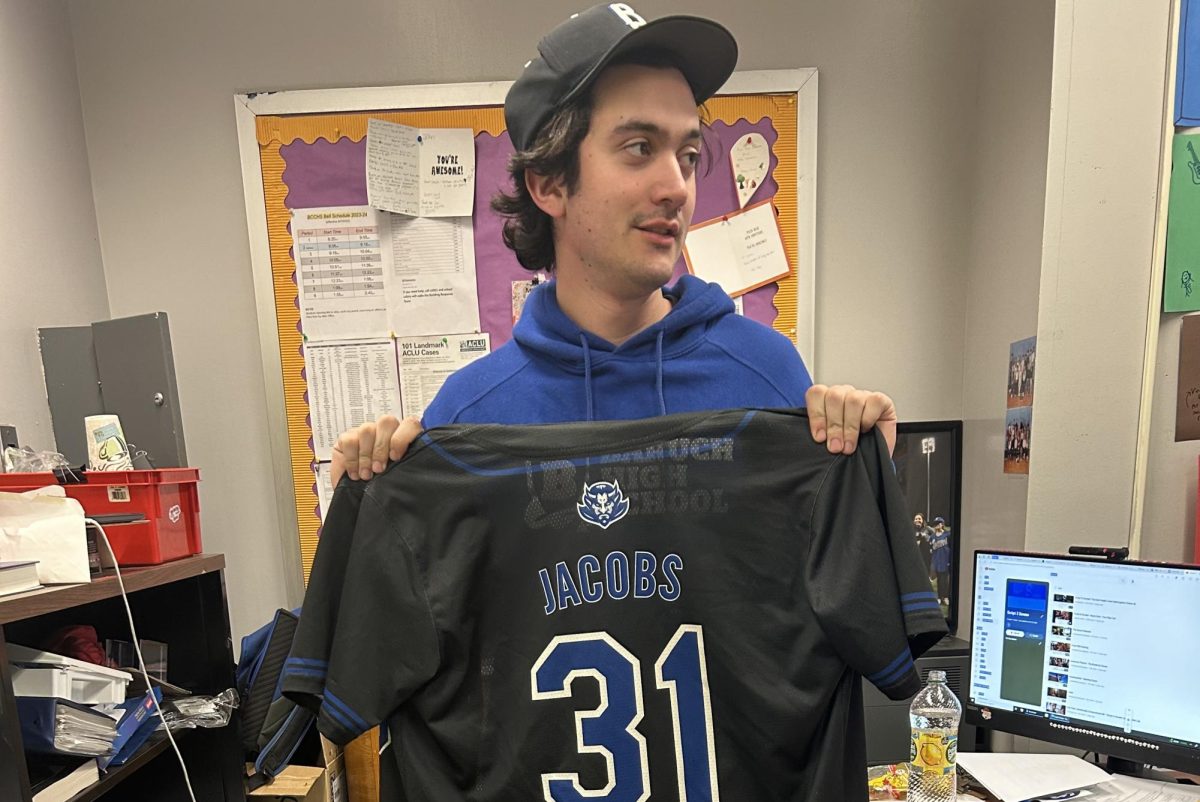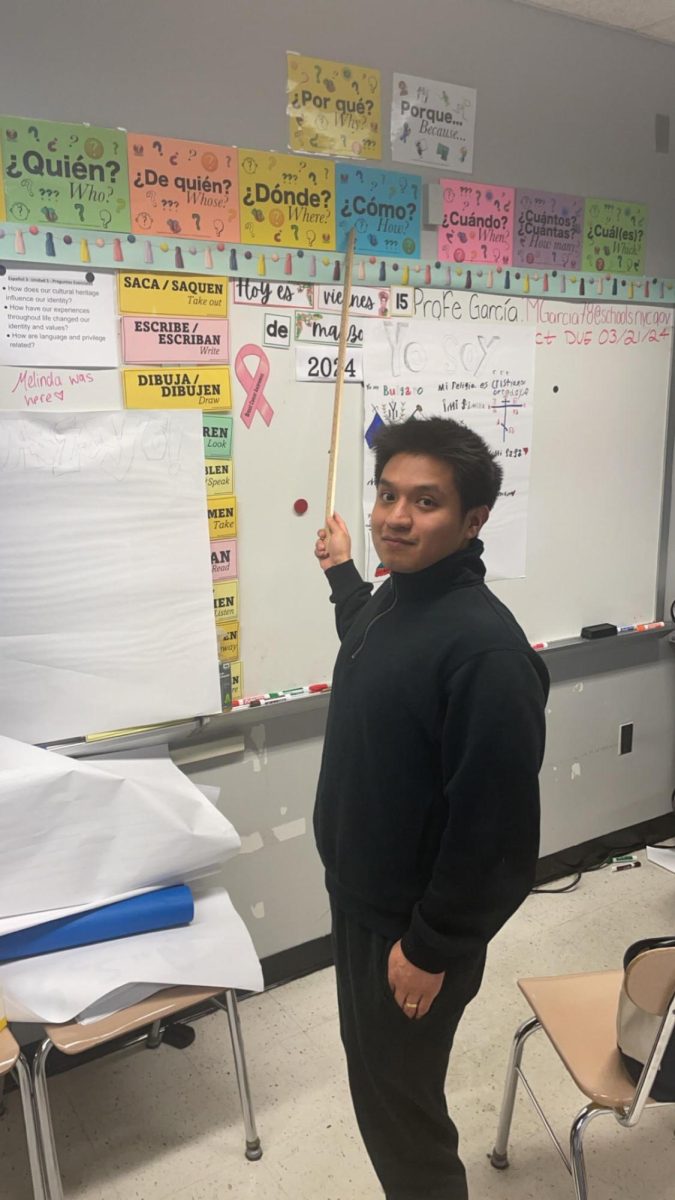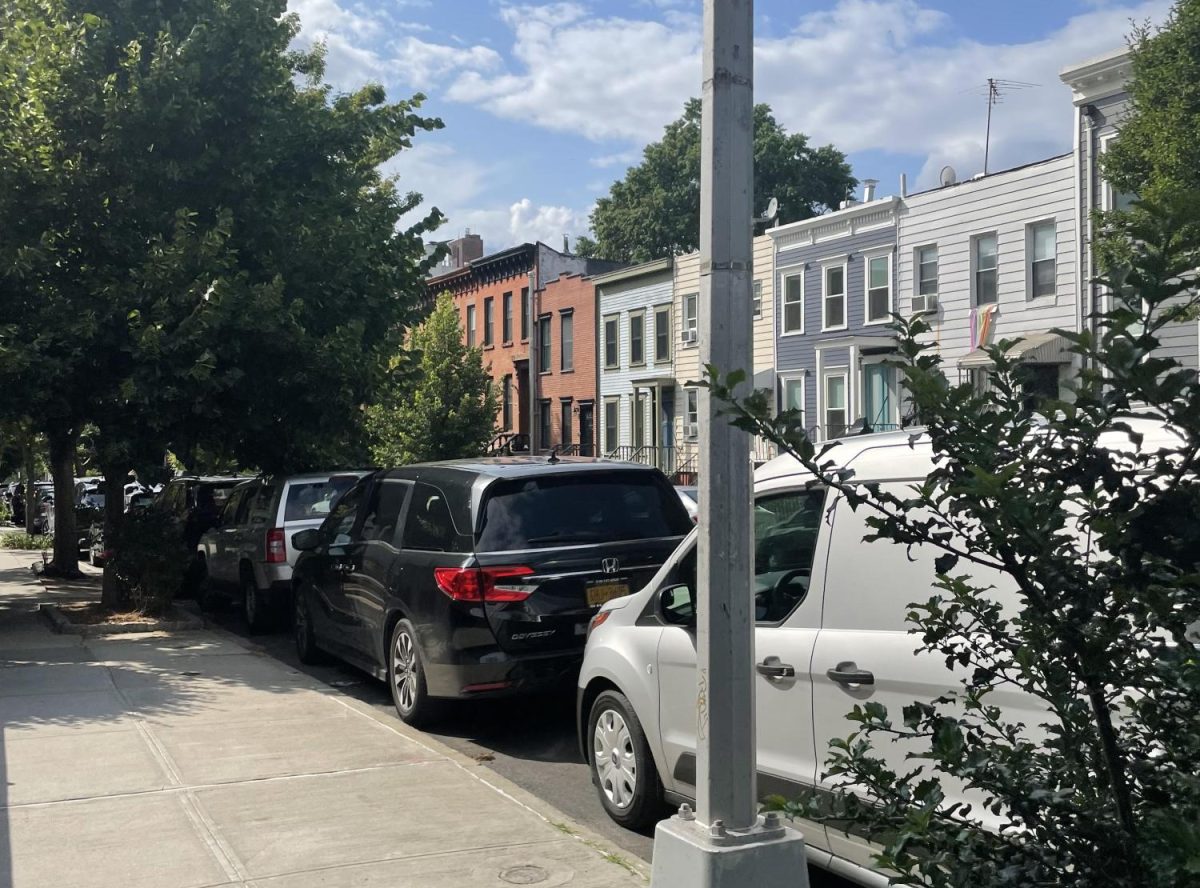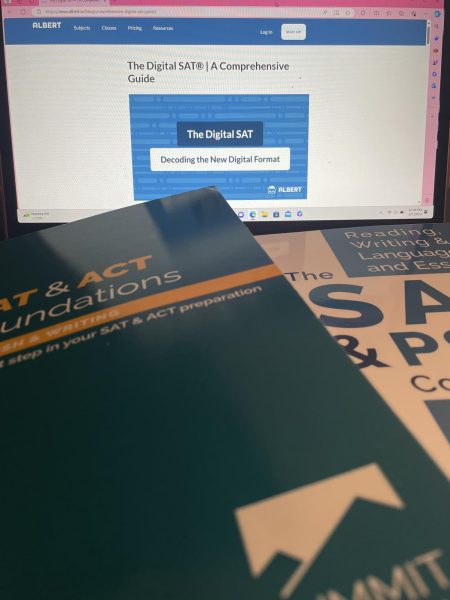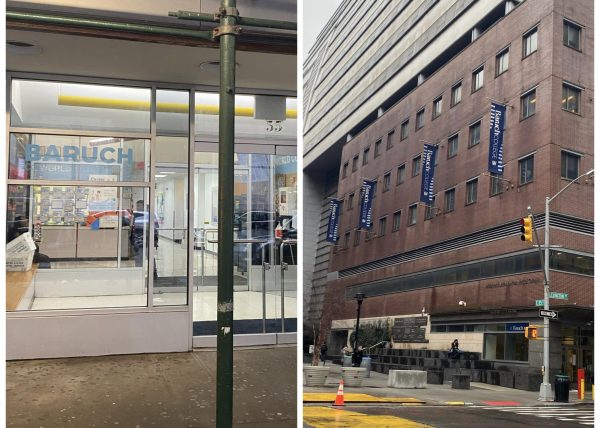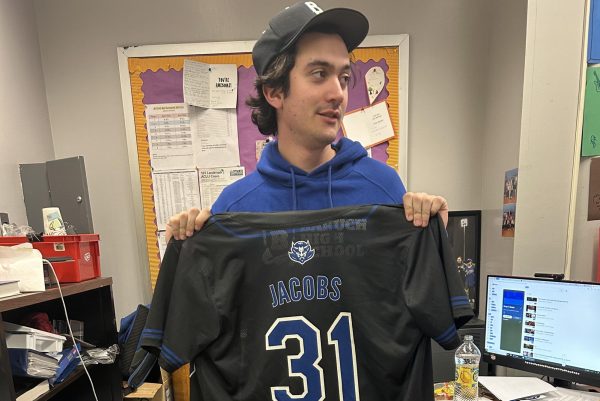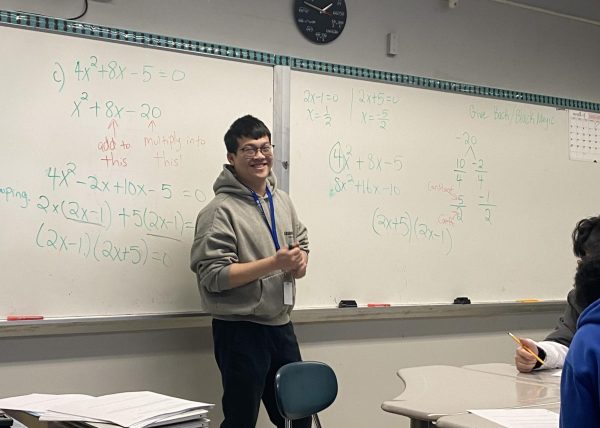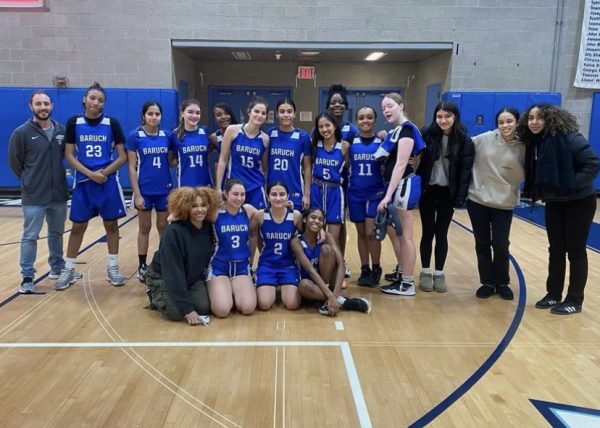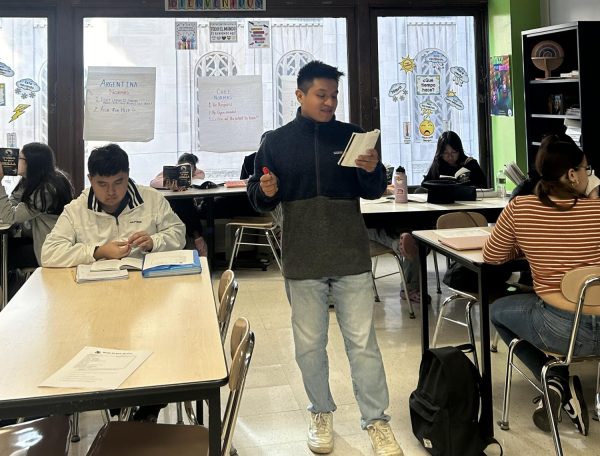The Flash of Panic: The Techniques of Split Second Policing
October 21, 2022
“Police.” A flood of emotions might occur when hearing this word, but a more analytical look must be taken: why are police given the ability to perform the shocking acts seen over and over again?
Police brutality is a multi-facet problem that started centuries ago, but there’s a more recent lens to look through, too.
In 1989, Dethorne Graham – a diabetic black man – was attacked by police officers in a display of unnecessary force following suspicions of Graham being a thief. Graham had left a convenience store in a hurry after going in and seeing the long line; he was trying to deal with diabetic shock so this difference of waiting versus leaving could mean life or death.
On his way out of the store Graham was questioned by police. He struggled to understand the demands and this resulted in Graham suffering cuts on his wrists, a broken foot, an shoulder injury and a bruise on his head caused by the officer.
The Supreme Court case that followed this horrible situation led to new laws being established in an attempt to regulate the use of force by police. They created an ‘objective reasonable test’ to measure a cop’s actions versus the collective professional opinion of other police officers.
This method is retributive rather than preventative and continues to be ineffective at the current rate of police brutality. This is less than half a step towards progress.
30 years later, police brutality is still unfortunately occurring. In 2019, over half of all police shootings were against non-white individuals.
When told about the racial divide on the rates of police brutality, two students at this school – who chose to remain anonymous – said the issue is awful and pervasive, however, both underestimated the current rates of police violence and were shocked to hear them.
“This is horrifying; I don’t even know how to respond. You’d think that today we would be better than we were a few years ago,” one said.
“What am I supposed to say? It’s so hard to hear that,” said the other.
Police training is largely at fault for this horrifying trend. Police are being trained to use violence first and think later.
“Warrior training causes police to react violently when the suspect does something to annoy them,” said Dr. Michael Shermer, a Presidential Fellow at Chapman University who teaches courses on skepticism.
Police training is flawed, precedent for officers is flawed, punishment is flawed and biases within the law enforcement system are all too present. These are systematic problems and are indicative of a police force that needs a slew of legal changes if it ever hopes to truly improve and work in a just society.
The first step is to take every case of police brutality that occurs and use them to establish future rules. No instance of cruelty should ever be considered a positive, but one must not depress and instead must take the steps to create change.






